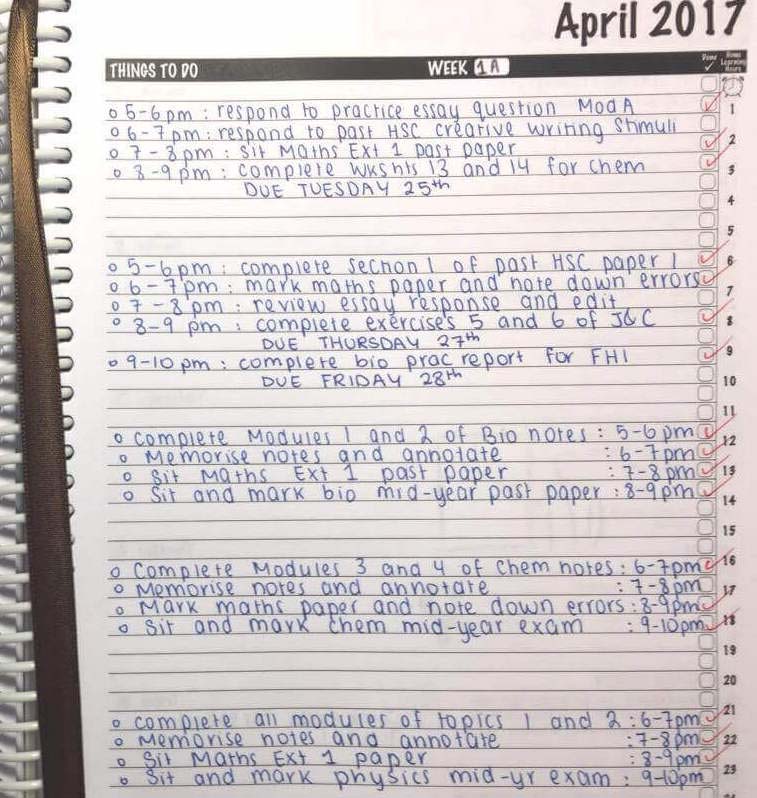Welcome to Matrix Education
To ensure we are showing you the most relevant content, please select your location below.
Select a year to see courses
Learn online or on-campus during the term or school holidays
Learn online or on-campus during the term or school holidays
Learn online or on-campus during the term or school holidays
Learn online or on-campus during the term or school holidays
Learn online or on-campus during the term or school holidays
Learn online or on-campus during the term or school holidays
Learn online or on-campus during the term or school holidays
Get HSC Trial exam ready in just a week
Get HSC exam ready in just a week
Select a year to see available courses
Science guides to help you get ahead
Science guides to help you get ahead
In this post, Matrix Founder DJ Kim explains how to make a study plan that actually works.

Join 75,893 students who already have a head start.
"*" indicates required fields
Related courses

Join 8000+ students each term who already have a head start on their school academic journey.
Have you tried and failed a study plan? Every year many students try to become more organised and effective with their studies by creating a rigid study plan.
Here is an example of what a typical study plan looks like.

The main reason why such a study plan doesn’t work is that it is too rigid and does not readily adapt to any changes to your circumstances. For example your mum comes home late and dinner is not ready until 1 hour after your usual time. So what should you do?
I have outlined 3 things that you should do to:
Creating a to-do-list helps you identify all outstanding school work and tasks.
However, it doesn’t help you prioritise your tasks and complete them in a timely manner.
Once you have a to-do-list, you must prioritise by deciding which school tasks to do first as you probably won’t have the time to complete them all in a given day.
At Matrix, we encourage students to use the Priority Matrix shown below to define the importance and urgency of each school task.
1 = The task is important and urgent and therefore it must be completed now.
2 = The task is important but not urgent and therefore it must be scheduled to be completed soon.
3 = The task is not important but urgent and therefore it can be done later as it has little impact to your academic goals.
4 = The task is not important and not urgent and therefore it can be ignored till its importance and urgency changes. These are considered time wasting activity.
In summary, students should be spending most of their time completing tasks that fall into square (1) and (2).
However, it doesn’t help you address your specific learning needs as it is limited to completing school work only.
Expecting different results by doing the same thing is illogical. Doing the same things the same way will produce the same results. Doing more of the same things will produce more of the same results.
Once you are on top of your school tasks, then you may want to consider undertaking additional tasks that will specifically address your knowledge or skill gap by introducing them as part of your weekly routine. You may need to receive input from your teacher to determine these actions.
Below are examples of weekly rhythms that I have helped to create.
Example 1: Year 11 student Weekly Rhythm
The additional actions in the weekly rhythm are designed to address the specific learning needs of each subject. Each action item takes approximately 1 hour and are scheduled on top of the school tasks. Note that this student has undertaken to study Mathematics daily in order to target her issue of balancing her speed and accuracy for exam success.
Example 2: Year 12 Student Weekly Rhythm
Note that this student is studying UMAT daily to improve her speed and accuracy in exam.
Not sure how else to improve your study habits and marks at school. Attend our free ATAR and Scaling Seminar.
Written by DJ Kim
DJ is the founder of Matrix Education and has over 20 years of HSC Physics teaching experience. He is the co-author of the Matrix Science program, course materials and assessments. He is also renowned for his ATAR & Scaling seminars and development of the first ATAR Calculator.© Matrix Education and www.matrix.edu.au, 2025. Unauthorised use and/or duplication of this material without express and written permission from this site’s author and/or owner is strictly prohibited. Excerpts and links may be used, provided that full and clear credit is given to Matrix Education and www.matrix.edu.au with appropriate and specific direction to the original content.